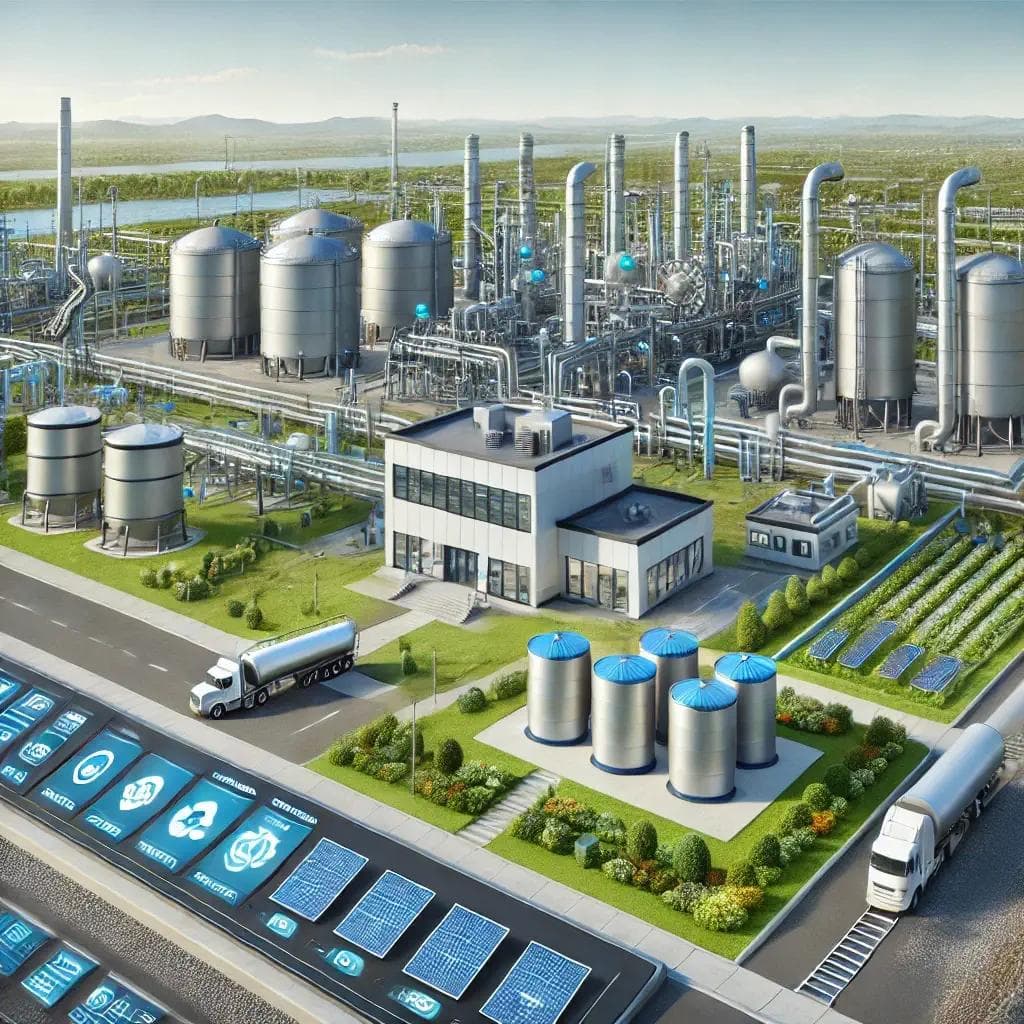Infrastructure Development in South Sudan: Bridging the Gap Between Challenges and Opportunities
Exploring South Sudan's critical infrastructure gaps and innovative solutions. From roads and power to water systems, discover how public-private partnerships and modern construction techniques are reshaping the nation's development landscape.

Bol Thiang
CEO @Northern Hemisphere Group
The Infrastructure Landscape in South Sudan: A Critical Analysis
South Sudan's infrastructure development journey presents a unique case study in post-conflict nation-building. As the world's youngest nation approaches its thirteenth year of independence, the country faces unprecedented challenges in infrastructure development, yet simultaneously offers remarkable opportunities for innovative solutions and sustainable growth. With only 300 kilometers of paved roads across a territory of 619,745 square kilometers, the infrastructure gap demands urgent attention and systematic solutions.
The Urban-Rural Infrastructure Divide
The disparity between urban and rural infrastructure development in South Sudan presents one of the most pressing challenges. While Juba has seen significant development in recent years, including the expansion of its road network and the establishment of new commercial districts, rural areas continue to face severe infrastructure deficits. This divide is particularly evident in:
Transportation Infrastructure
- Only 5% of South Sudan's road network is all-weather roads
- Critical trade routes become impassable during the six-month rainy season
- Bridge infrastructure is severely limited, with many communities cut off during floods
- Rural airstrips, crucial for humanitarian access, require significant upgrading
Power Generation and Distribution
- Less than 1% of the population has access to grid electricity
- Urban areas rely heavily on diesel generators, increasing business operating costs
- Rural electrification projects face challenges of terrain and security
- Renewable energy potential, particularly solar and hydroelectric, remains largely untapped
Breaking Down the Infrastructure Challenge
Power Sector Analysis
The power sector in South Sudan requires particular attention. Current statistics paint a challenging picture:
- Total installed capacity stands at approximately 30 MW for a population of 12 million
- Juba's power demand alone exceeds 100 MW, highlighting the severe supply gap
- Commercial and industrial users face electricity costs of $0.35-0.50 per kWh, among the highest in Africa
- Distribution losses exceed 40% due to inadequate infrastructure
Northern Hemisphere Group's approach to addressing these challenges involves:
- Implementing modular power solutions for industrial clients
- Developing hybrid solar-diesel systems to reduce operational costs
- Installing smart grid technologies to minimize distribution losses
- Creating microgrids for rural communities using renewable energy sources
Water Infrastructure Development
Water infrastructure presents another critical challenge:
- Only 40% of the population has access to clean water
- Urban water systems operate at less than 30% efficiency
- Groundwater resources remain largely unmapped and underutilized
- Sanitation infrastructure covers less than 15% of urban areas
Our initiatives in this sector include:
- Implementation of solar-powered water pumping stations
- Development of community-based water management systems
- Installation of water quality monitoring systems
- Construction of integrated water and sanitation facilities
Innovative Solutions and Technology Integration
Modern Construction Techniques
Northern Hemisphere Group has pioneered several innovative approaches to accelerate infrastructure development:
Modular Construction:
- Reduced project timelines by 40%
- Decreased construction waste by 35%
- Improved quality control through standardized processes
- Enhanced project cost predictability
Digital Technology Integration:
- Implementation of Building Information Modeling (BIM)
- Use of drone surveys for project monitoring
- Integration of IoT sensors for infrastructure maintenance
- Development of digital twin technologies for asset management
Sustainable Materials and Methods
Our commitment to sustainable development has led to several innovations:
- Use of locally sourced materials to reduce carbon footprint
- Implementation of waste reduction and recycling programs
- Development of green building standards adapted to local conditions
- Integration of climate-resilient design principles
Case Studies in Success
Juba Industrial Park Development
This flagship project demonstrates the potential for integrated infrastructure development:
Project Scope
- 100-hectare industrial park development
- Integrated power generation facility
- Water treatment and distribution system
- Internal road network and logistics facilities
Impact
- Created 2,000 direct jobs
- Attracted 15 international companies
- Reduced operating costs for tenants by 30%
- Established a model for future industrial development
Rural Connectivity Program
Our rural infrastructure initiative has achieved significant results:
- Construction of 150 km of all-weather roads
- Installation of 20 bridge structures
- Development of 30 rural market centers
- Implementation of solar-powered community facilities
Future Development Pathways
Strategic Infrastructure Priorities
The path forward requires focus on several key areas:
Transportation Network Development
- Creation of an integrated national road network
- Development of river transportation systems
- Upgrade of regional airports
- Establishment of logistics hubs
Energy Infrastructure
- Development of utility-scale solar projects
- Implementation of regional power interconnections
- Expansion of rural electrification programs
- Integration of smart grid technologies
Digital Infrastructure
- Extension of fiber optic networks
- Development of mobile network infrastructure
- Implementation of digital payment systems
- Creation of e-government platforms
The Role of International Partnerships
Success in infrastructure development requires strong international partnerships:
Development Partners:
- World Bank infrastructure development programs
- African Development Bank financing initiatives
- European Union development cooperation
- Regional economic community support
Private Sector Engagement:
- International contractor partnerships
- Technology transfer agreements
- Training and capacity building programs
- Investment promotion initiatives
Conclusion: Building a Sustainable Future
The infrastructure challenges in South Sudan represent both a significant responsibility and an unprecedented opportunity. Through strategic planning, innovative solutions, and strong partnerships, we can transform these challenges into catalysts for sustainable development. The journey ahead requires patience, persistence, and commitment, but the potential rewards - in terms of economic growth, social development, and improved quality of life - make this endeavor not just worthwhile but essential.
Our experience at Northern Hemisphere Group demonstrates that success is possible through:
- Long-term commitment to sustainable development
- Innovation in technology and methodology
- Strong partnerships with local communities
- Continuous adaptation to changing conditions
As we look to the future, we remain committed to playing our part in building a stronger, more resilient infrastructure network across South Sudan and East Africa.
